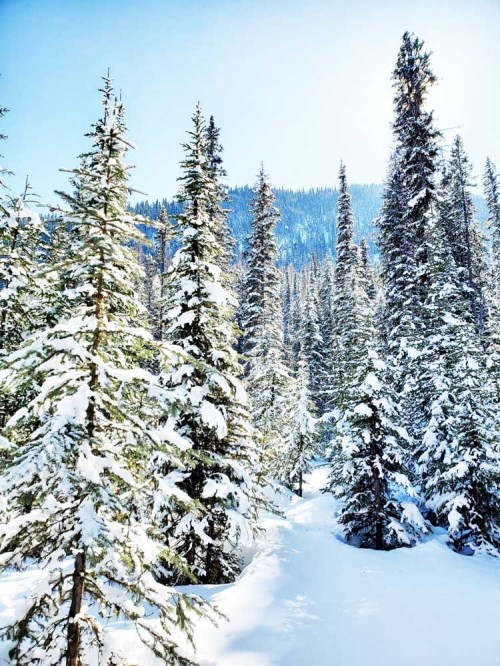Snowpack dips, but still above average
Published 8:00 am Monday, March 6, 2023

- A snowy scene in the Elkhorn Mountains near Anthony Lake on Feb. 25, 2023.
Northeastern Oregon’s snowpack gained during February.
And lost.
Trending
The apparent inconsistency is easily explained.
Although the snowpack increased during the shortest month, the growth didn’t keep pace with the average rate of accumulation.
The water content in the snow measured at 16 sites was still above average at the start of March. But the figure was 107% of average, compared with 121% a month earlier.
February was wintry, to be sure.
The average high temperature at the Baker City Airport was 39.5 degrees — a little more than a degree below average.
The average low was 17.4 degrees, which is 4 degrees below average.
Trending
The problem was precipitation.
There wasn’t a great deal of it.
The February total at the Baker City Airport was just 0.27 of an inch, compared with a long-term average of 0.62.
Although several storms swept through the region during the month, most were relatively modest in terms of snowfall.
Snowpack ranges from 88% of average at Little Alps, in the Elkhorn Mountains near Anthony Lakes, to 139% of average at Eilertson Meadow, also in the Elkhorns, along Rock Creek west of Haines.
Generally speaking, the snowpack is more bountiful in the southern and northern Blue Mountains than in the Wallowas.
At Barney Creek, along the South Fork of the Burnt River southwest of Unity, the water content is 126% of average.
At High Ridge, near Tollgate in the northern Blues, the water content is 113% of average. In the Wallowas, the water content is slightly below average at Mount Howard, just east of Wallowa Lake, and at Moss Springs above Cove in the western part of the range. The snowpack is higher than it was a year ago at all 16 measuring sites.
Typically the snowpack peaks between late March and early May, depending on elevation.
Snowpack is a key source of water for irrigation and recreation.
Spring weather can also have a significant effect on water supplies. Plentiful rain during April and May not only can help slow the snowmelt, but it can allow irrigation managers to store more water in reservoirs rather than release it for farmers and ranchers to use.
During dry springs, irrigation can start as early as March in some places, with water that otherwise would be impounded in a reservoir instead flowing downstream.









